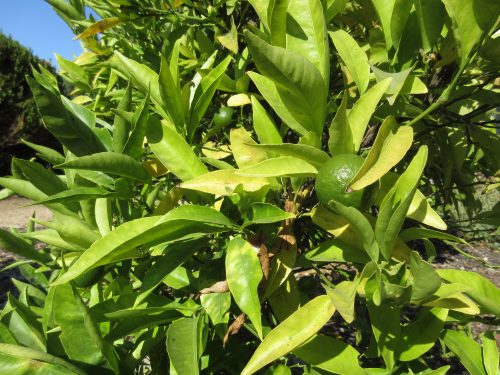With the little bit of spring that is left, a curious gardener writes in:
“WHERE CAN I GET A BOOK THAT VERY SIMPLY LISTS THE FLOWERING
TIMES OF VARIOUS PLANTS, AND WHEN THEY NEED TO BE PLANTED?”
Now if we were talking about vegetables, I could have told you without blinking an eye that my favorite source for that kind of information is, without a doubt, Geoff Hamilton’s Organic Gardening.
But, since we’re not talking about vegetables, I had to do a little research. I think I’ve found a few options for you. My first choice is the Flower Gardener’s Bible by Lewis and Nancy Hill.
Not only is it a visually pleasing book, it really does cover everything from conditioning your soil to enjoying your bounty. It has a very thorough index and a section of 260 flowers in an at-a-glance listing that includes blooming times, sun and soil requirements and pest concerns. Click on the link above to check it out.
The second choice that I think will work for you is The Seasonal Flower Grower by Jonathan Edwards and Peter McHoy
Peter McHoy is an incredibly knowledgeable gardener with more publications than I could ever read. This book, as the title explains, is a calendar of monthly tasks for a beautiful and productive garden.
The last option I have to offer is The World of Flowers: 75 stunning varieties in full bloom by Clay Perry
This book is more than just a beautiful book of photographs, it also clearly defines blooming times, soil and sun requirements, and other information necessary for growing each of the 75 varieties illustrated.
Regarding your question about planting time: You live in a “hardiness zone” which is determined by the first and last frost dates of the season. Your hardiness zone determines what plants are suitable for your area (seed catalogs and packets will tell you). In most regions you can plant in spring after the last frost date, when the soil is workable. In warmer climates you can plant in fall before the first frost and also in spring. For the USA, we have somewhere around 24 hardiness zones, but most catalog and seed companies refer to the more simplified version of 11 hardiness zones.
http://www.usna.usda.gov/Hardzone/ushzmap.html
For European countries, use this hardiness zone map:
https://www.gardenia.net/guide/european-hardiness-zones
The best trick for testing whether your soil is ready to plant: squeeze a handful of soil in your fist. Open your hand and then stick your thumb in the middle. If it holds together, it’s too wet to plant, if it crumbles into a nice consistency like potting soil, you’re ready to go.
If you need to your frost dates for the US click here:
https://www.almanac.com/gardening/frostdates
For Europe, I had a heck of a time finding a listing of frost-free dates, so I would recommend finding your hardiness zone and using the similar US frost dates for that zone.
I hope that helps get you on your way to a lovely flower garden. Thanks for writing in.
Open for discussion: What flowers do well in your hardiness zone?

